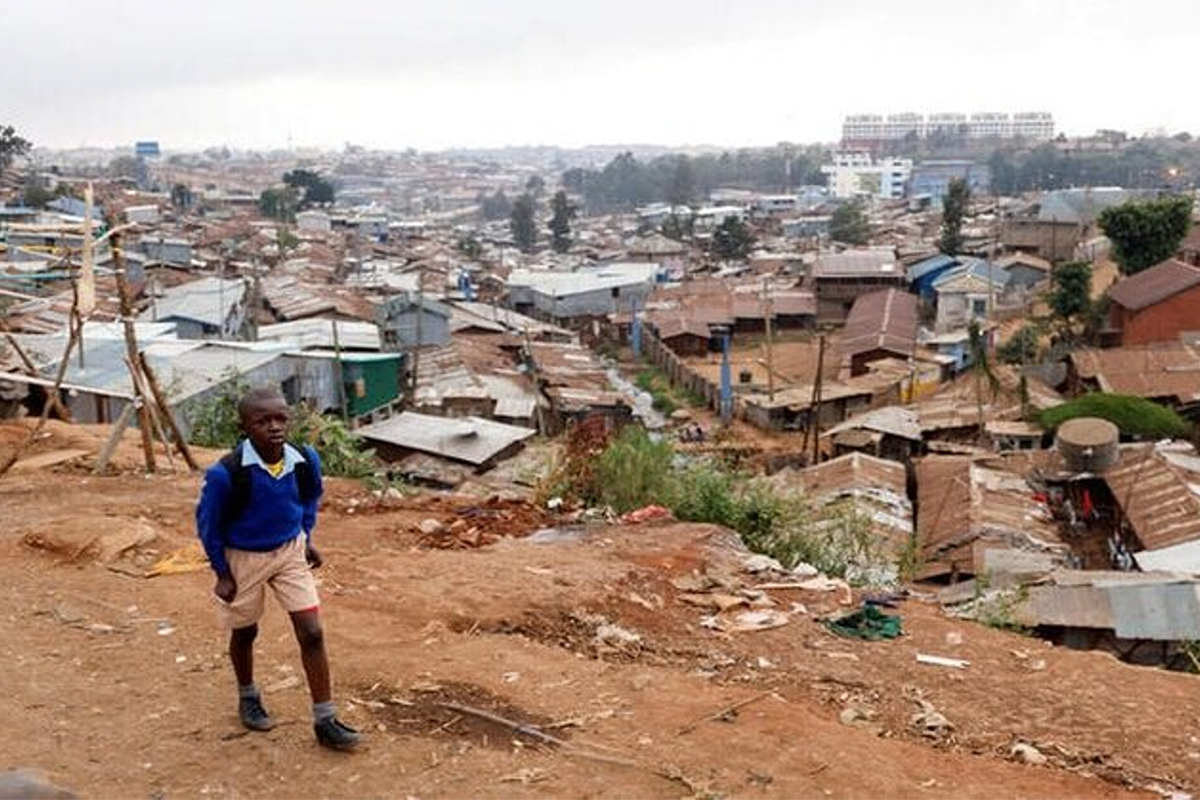
Cities across the globe require better infrastructures that provides affordable housing and supports healthy and thriving cities. The United Nations statistics state that approximately 1.6 billion people worldwide reside in substandard housing, and another 100 million people around the globe are homeless. For our cities to be centers that provide opportunities for all of their residents to flourish, cities must be built upon good health. In their article, “A global building network research for advancing healthy and affordable housing,” Esther Obonyo and James Mutunga illuminate the issues from which marginalized communities in urban cities suffer because of inadequate housing, especially during COVID-19. Under Article 25 of the Universal Declaration of Human Rights, the right to adequate housing is a human right for all, yet it remains an issue cities around the world have been slow to address despite the growing migration of people into cities—a shift that is expected to continue to grow at higher rates for people seeking better socio-economic livelihoods.
UN Sustainable Development Goal 11 aims to make cities and human settlements inclusive, safe, resilient, and sustainable by 2030, however, many cities are still at a standstill on how to address these issues whilst including all of their populace. At the forefront of addressing housing, cities must design safe housing that increases people’s quality of life, prevents disease, and alleviates the effects of climate change. And it is imperative that governments address all of these issues because they all greatly affect the public health of citizens no matter their race, religion, age, sexual orientation, or cultural background.
Some of the health factors that deprecated certain populations are heart attacks, respiratory issues, diabetes, mental health issues, hypertension, malaria, tuberculosis, and various other vector-borne diseases. Without adequate housing and access to quality healthcare, all of these diseases can be fatal. COVID-19 brought to light that many of the people who are looked down upon socially are vital to cities’ economies. These people are the city’s front-line workers (formally and informally) who serve the community in ways that many of us took and continue to take for granted. They are often low-wage workers who cannot afford healthcare, have inadequate healthcare, or cannot take time off from work to see about their health. Additionally, many live in housing quarters that do not have running water, are highly polluted, face flooding issues, waste issues, and lack public space for physical activities. These everyday effects of inadequate housing impact people’s health in more ways than one.

Hedera helix in waste space surrounded by buildings
Conclusion
There needs to be an intersectoral approach to addressing the current and ever-emerging complex housing issues. The intersectoral approach will require professional experts to have a broader understanding of the underlying issues beyond their area of expertise, and it will require governments to design better, sharpened housing policies that are environmentally sustainable and address the reality of developments in housing markets. All relevant stakeholders must invest in addressing the provision of affordable housing for the most vulnerable populations. Governments will, of course, need buy-in from some of the more conservative groups in their cities as they are not always willing to make the full investments. However, more creative strategies must be used to influence people to have an all-hands-on-deck approach to addressing housing for healthy cities.
Obonyo, Esther, and James Mutunga. “A global building network research for advancing healthy and affordable housing.” Cities & Health (2020): 1-4.
